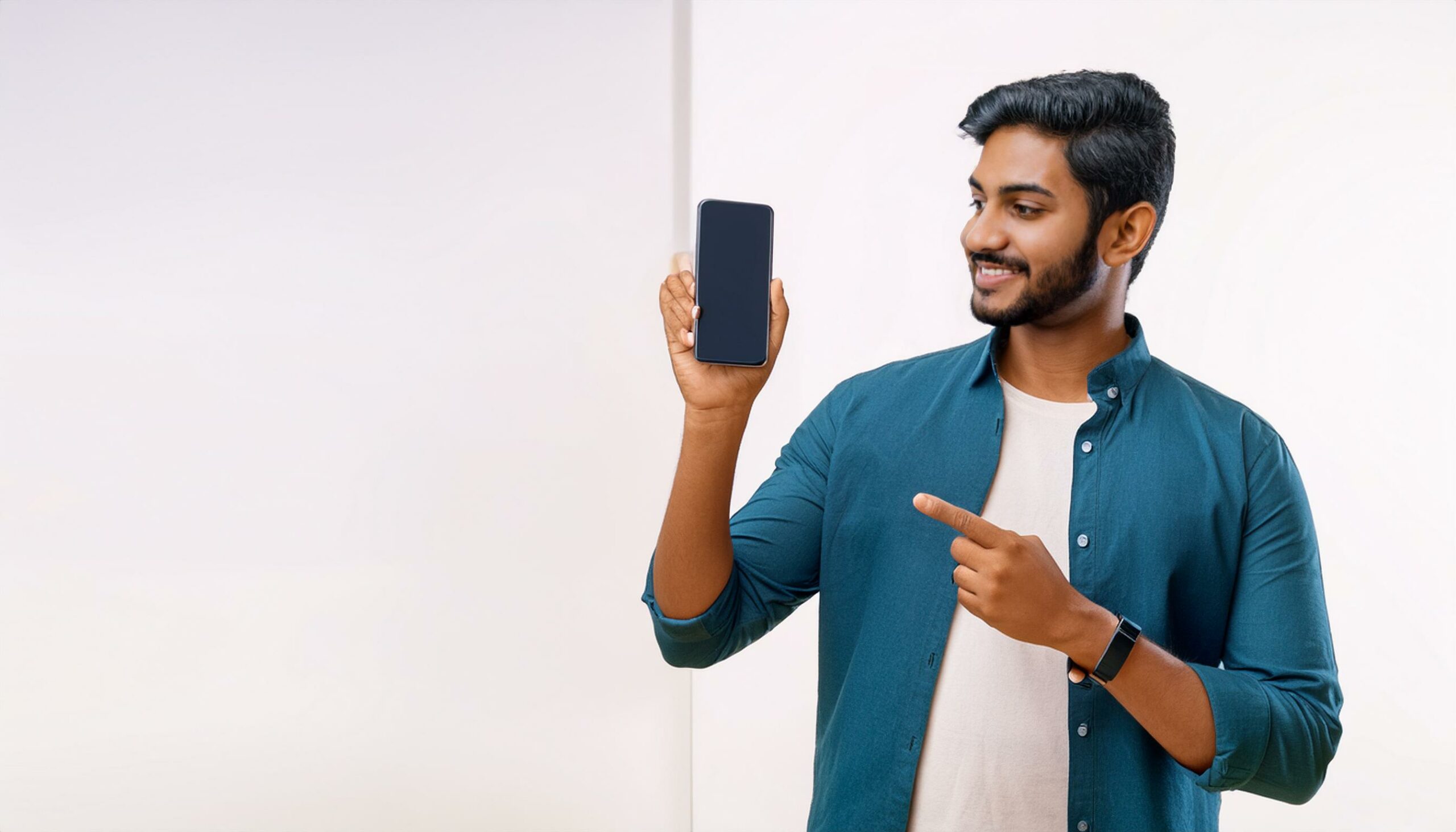In an age where technology is deeply woven into the fabric of daily life, setting boundaries with our devices is crucial for maintaining balance and well-being. The pervasive nature of smartphones, computers, and other digital devices can lead to constant connectivity, which, while beneficial in many ways, can also contribute to stress, distraction, and a diminished sense of presence in the world around us. Establishing clear limits on technology use can help mitigate these negative effects and foster a healthier relationship with our devices.
One key to setting effective tech boundaries is to be intentional about when and how we engage with our devices. This might mean designating specific times of day for checking emails and social media or setting a curfew for screens before bedtime to improve sleep quality. The goal is to create pockets of time free from the digital buzz, allowing for relaxation and the opportunity to connect with others in more meaningful ways.
Another important aspect of boundary-setting is to be discerning about the notifications we allow. Constant alerts can pull us out of the moment and create a sense of urgency over matters that often aren’t immediately pressing. By customizing notification settings, we can reduce interruptions and reclaim our attention, directing it toward tasks and interactions that truly matter.
Work-life balance is also a significant consideration. For those who work remotely or frequently use technology for their jobs, it’s essential to delineate between work hours and personal time. This may involve physically separating work devices from personal spaces or using different profiles or apps to segregate professional and leisure activities.
Moreover, setting boundaries with technology also means being mindful about the content we consume. Engaging with uplifting and educational material can enhance our lives, while excessive exposure to negative or time-wasting content can drain our energy and mood.
In conclusion, setting boundaries with technology is not about demonizing our devices but rather about using them in a way that serves us, rather than the other way around. By taking control of our tech habits, we can enjoy the myriad benefits of the digital age without letting it overwhelm our lives.






